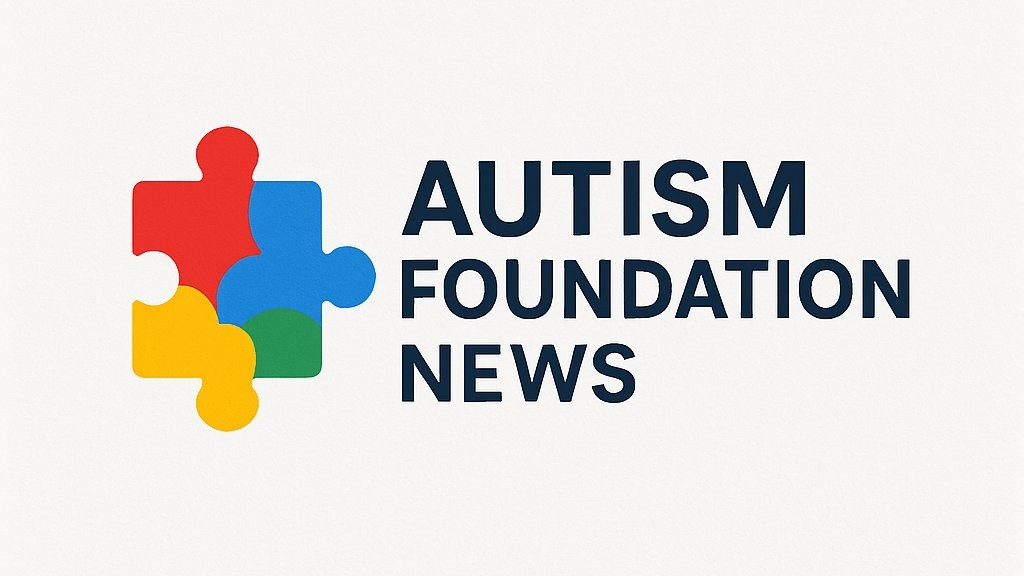
Finding Focus Through Distraction: A Surprising Approach
In a world filled with constant distractions, honing focus may seem like an uphill battle, especially for individuals with autism. The innovative approach presented in Toby Sola's guided meditation introduces the concept of using distractions as tools for improving concentration. By shifting our attention to what naturally captures our focus, we can transform seemingly chaotic moments into opportunities for mindfulness and clarity.
Understanding the Concentration Algorithm
The concept of the 'concentration algorithm' lies at the heart of this practice. It encourages participants to identify their most distracting sensory experiences—be it sight, sound, or internal dialogues—and use them as focal points. This method is especially beneficial for people on the autism spectrum, who may have heightened sensitivity to sensory input or struggle with attention disorders. The simple act of concentrating on distractions helps in learning to manage turbulent thoughts and feelings.
The Power of Sensory Experiences in Mindfulness
Mindfulness practices have been shown to foster emotional regulation and improve focus, crucial skills for individuals with autism. Sola's guided meditation allows participants to explore their sensory experiences without judgment. Recognizing distractions can offer comfort and control, enabling practitioners to reshape their interaction with the environment. Engaging with distractions rather than suppressing them allows one to better process emotions and thoughts, leading to a deeper understanding of oneself.
Real-World Applications for Practitioners and Caregivers
Parents and caregivers can implement these strategies when teaching mindfulness to young adults with autism. For instance, during moments when an individual seems overwhelmed, pausing to identify what’s distracting them—like the sounds of outdoor activity or internal chatter—can become a calming ritual. Practicing together through guided meditation can strengthen bonds and provide a toolkit for managing daily stressors.
Success Stories: Connecting Through Mindfulness
Personal anecdotes highlight how using distractions to focus has been a game-changer for many. One parent shared how their child discovered that focusing on the sound of a ticking clock helped ease anxiety during difficult homework sessions. Others report that by focusing on nearby nature sounds, individuals lessened their feelings of being overwhelmed in social settings. These experiences illustrate the power of tailored mindfulness practices in creating personal breakthroughs.
Take Charge of Your Mindfulness Journey
The journey towards improved focus in the face of distractions does not happen overnight. However, by dedicating time to explore one's sensory responses through structured meditation, individuals with autism can build resilience. The takeaway from this practice is that mindfulness isn’t about eliminating distractions; it's about learning to navigate them thoughtfully. This insightful approach is an empowering reminder that distractions can be allies in achieving mental clarity rather than hurdles to overcome.
As you embark on your mindfulness journey, consider integrating these practices into your routine. Explore guided meditations that invite you to embrace rather than ignore distractions. The benefits extend beyond focus; they can transform your relationship with your environment and oneself.
 Add Row
Add Row  Add
Add 




Write A Comment